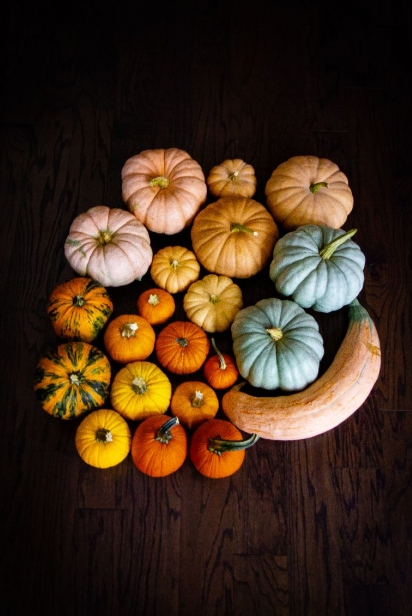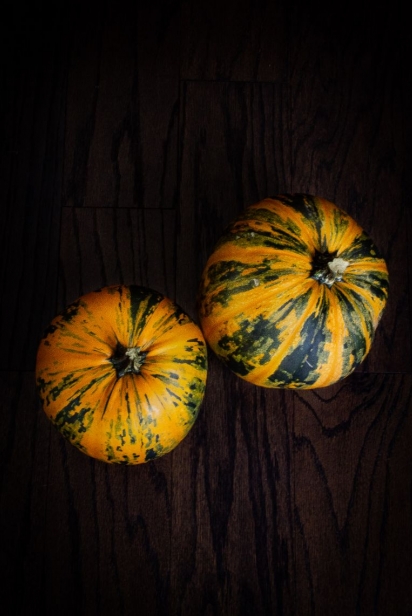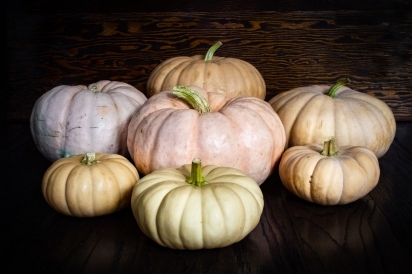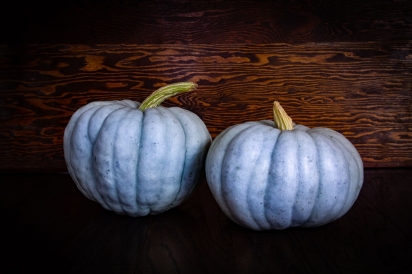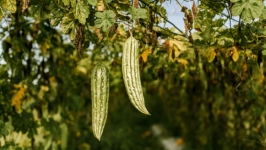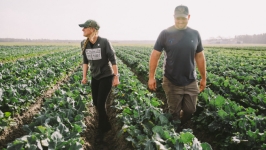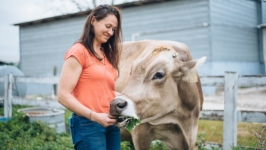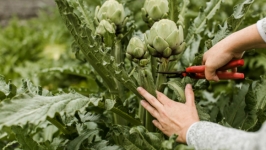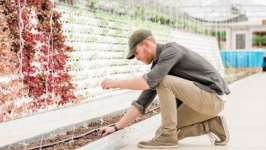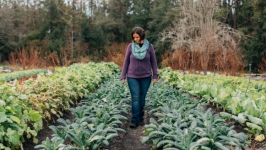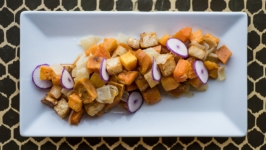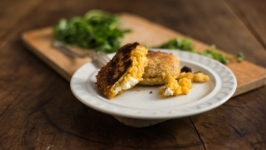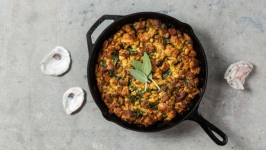Growing Pumpkins in Northeast Florida
Florida may be known for the plethora of produce grown throughout the state, but one commodity not typically grown here is pumpkins (Cucurbita spp.) In fact, the Sunshine State ranks #45 in the country for growing them. States with cooler climates such as Illinois, Indiana, Virginia and Pennsylvania have a better environment for these cucurbits. Florida’s warm and humid conditions make pumpkin production no easy feat; this fruit is host to just about every insect, pest and disease out there.
To meet the Halloween or Thanksgiving markets, a farmer must plant pumpkin seeds in July, one of the most grueling months of the year for both humans and plants. Growers are battling pest pressures along with intense heat and heavy summer rainfall. The heirloom Seminole pumpkin, the only native cucurbit in Florida, is incredibly tolerant of pest pressures. Native American peoples would trellis the vines up trees, and local gardeners still do so today.
Commercial production for pumpkins is more complicated. Florida’s production rates are much smaller compared to other states and is a major risk and commitment, requiring extensive space for these vining plants. However, as the UF/IFAS Hastings Agricultural and Extension Center (HAEC) team is discovering through field trials, it can be done without major headache by being very selective with varieties.
The goal of the trials in Hastings is to assess the flavor and marketability of edible pumpkins and squash with the help of local chefs and members of the 4-H program. The team monitors for pest pressures and looks for clever ways to reduce pesticide use. With local retail markets being the ideal target audience, HEAC director Dr. Christian Christensen and I selected varieties that are not only edible but have a striking color, shape or other unique characteristic than your traditional orange pumpkin. We planted six varieties in 2020 and doubled up to twelve in 2021.
As local growers look for summer cover crop alternatives and niche market opportunities, pumpkins could be the ideal prospect. While some farmers in St. Johns County have already begun to grow Asian vegetables such as luffas and bitter melons, there are other viable options in the cucurbit family, including edible pumpkins with an ornamental flair. Varieties for HAEC’s trials have been selected for their unique physical characteristics while also offering delicious edible prospects. The appeal for agritourism applications alone seemed justifiable to explore this potential rotation in Northeast Florida. Who doesn’t love visiting a pumpkin patch?
In addition to identifying an alternative crop to present to local farmers, another trial goal is to get the next generation of young eaters excited about farming and food systems. With a youth component involved this year, HEAC included a few types just for fun, including a bright fluorescent yellow pumpkin aptly named Sunlight. HEAC’s 4-H project provides an opportunity for local youth to help harvest and collect data from the plots including weights and fruit counts. The project also gives youth members more exposure to agricultural production and some appreciation for where our food comes from.
Pumpkins offer endless educational opportunities, from training on farm equipment and pest management to food safety and culinary arts. We’ll be teaming up with local chefs and nonprofit organizations to get these fruits out in the community and share the love, inspire some youth and hopefully bring a profitable opportunity to local farmers



